What You Need to Know About the Power of Chlorophyll – Harnessing the Power of Green: Exploring the 4 Incredible Health Benefits of Chlorophyll
Harnessing the Power of Green: Exploring the Health Benefits of Chlorophyll
Overview
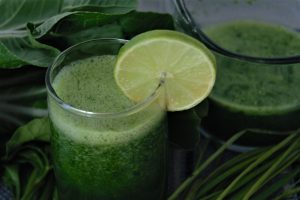
What is Chlorophyll?
Chlorophyl is the green pigment found in the chloroplasts of plant cells that plays a pivotal role in photosynthesis. It captures sunlight, converting it into energy and facilitating the synthesis of glucose from carbon dioxide and water. Structurally, chlorophyl is a complex molecule, primarily composed of a porphyrin ring with a magnesium ion at its center. This gives chlorophyl its distinctive green color.
Types of Chlorophyll
While there are several types of chlorophyl, the most common are chlorophyl-a and chlorophyl-b. Chlorophyll-a is the primary pigment involved in photosynthesis, while chlorophyll-b assists in capturing light energy and transferring it to chlorophyl-a.
Chlorophyll-a vs. Chlorophyll-b: Understanding the Differences and Health Benefits
- Structure and Differences:
- Chlorophyll-a:
- Chlorophyl-a is the primary pigment involved in the process of photosynthesis. It plays a central role in capturing light energy and converting it into chemical energy. The structure of chlorophyl-a includes a porphyrin ring with a magnesium ion at its core.
- This form of chlorophyl absorbs light most efficiently in the red and blue-violet parts of the electromagnetic spectrum.
- Chlorophyll-b:
- Chlorophyl-b is an accessory pigment that works in conjunction with chlorophyl-a. While it also contains a porphyrin ring with a magnesium ion, its structure varies slightly from chlorophyl-a. Chlorophyl-b absorbs light most effectively in the blue and red-orange parts of the spectrum.
- The presence of chlorophyl-b expands the range of light that a plant can absorb, enhancing its overall efficiency in photosynthesis.
- Role in Photosynthesis:
- Chlorophyll-a:
- As the primary pigment in photosynthesis, chlorophyl-a captures light energy and transfers it to reaction centers where the conversion of carbon dioxide and water into glucose occurs.
- Chlorophyll-b:
- Chlorophyl-b acts as an accessory pigment, helping to capture additional wavelengths of light that chlorophyl-a might miss. It transfers the absorbed energy to chlorophyl-a for the actual process of photosynthesis.
- Health Benefits for the Body:
While chlorophyl-a and chlorophyl-b directly contribute to the health of plants through photosynthesis, their potential benefits for the human body are associated with the consumption of chlorophyl-rich foods.
- Antioxidant Properties:
-
- Both chlorophyll-a and chlorophyll-b are antioxidants, meaning they help neutralize harmful free radicals in the body. This can contribute to reducing oxidative stress and lowering the risk of chronic diseases.
- Detoxification:
- Chlorophyl is often lauded for its detoxifying properties. It may bind to and eliminate toxins and heavy metals from the body, supporting the liver’s natural detoxification processes.
- Anti-Inflammatory Effects:
- Some studies suggest that chlorophyl, including both chlorophyl-a and chlorophyl-b, may have anti-inflammatory effects, potentially helping to alleviate inflammation in the body.
- Wound Healing:
- Chlorophyl has been explored for its potential role in wound healing and tissue repair. It may enhance the body’s ability to regenerate tissues and accelerate the healing process.
Chlorophyll-a and chlorophyll-b work synergistically in plants to facilitate photosynthesis. While their direct benefits to the human body are not fully understood, the consumption of chlorophyl-rich foods provides a spectrum of health advantages, including antioxidant support, detoxification, anti-inflammatory effects, and potential contributions to wound healing. A varied and balanced diet that includes chlorophyl-rich vegetables and fruits can contribute to overall health and well-being.
The Impact of Chlorophyl on Diseases
While research on the health benefits of chlorophyl is ongoing, some studies suggest that chlorophyl may offer certain advantages in managing or preventing specific health conditions. It’s important to note that the evidence is not conclusive, and further research is needed to fully understand the extent of chlorophyl’s impact on human health. Here are some diseases and conditions for which chlorophyl may show potential benefits, based on available research:
- Cancer:
- Inflammatory Conditions:
- Chlorophyl, including chlorophyl-a and chlorophyl-b, has been explored for its potential anti-inflammatory effects. Chronic inflammation is linked to various health issues, including cardiovascular diseases and autoimmune disorders.
- Type 2 Diabetes:
- Some studies suggest that chlorophyl may have a positive impact on type 2 diabetes by promoting the secretion of glucagon-like peptide-1 (GLP-1) and inhibiting oxidative stress in the jejunum.
- Detoxification:
- Chlorophyl is often praised for its detoxifying properties. It may bind to and eliminate toxins, heavy metals, and harmful chemicals from the body, supporting the natural detoxification processes.
It’s crucial to interpret these findings with caution, as more research is needed to establish a clear causal relationship between chlorophyl and specific health outcomes. Additionally, individual responses to chlorophyl may vary, and the overall impact on diseases may depend on various factors, including dosage, duration of use, and individual health status. Always consult with a healthcare professional before making significant dietary changes or incorporating supplements, especially if you have existing health conditions.
Where Can Chlorophyll be Found? – Incorporating this Powerful Green Pigment into Your Diet
You can incorporate this pigment into your into your daily diet such as by Including a variety of dark, leafy greens such as spinach, kale, and Swiss chard in your diet, as they are rich sources of chlorophyl. Consume green vegetables like broccoli, peas, and green beans to boost your chlorophyl intake. Chlorophyl supplements, available in various forms such as capsules or liquid drops, can be a convenient way to ensure an adequate intake.
- Leafy Green Vegetables:
- Dark, leafy greens are abundant sources of chlorophyl. Spinach, kale, Swiss chard, and collard greens are excellent examples. The green color in these vegetables is a testament to their high chlorophyl content.
- Cruciferous Vegetables:
- Broccoli, Brussels sprouts, and cabbage are not only rich in essential nutrients but also contain chlorophyl, contributing to their green pigment.
- Herbs:
- Fresh herbs like parsley, cilantro, and mint are loaded with chlorophyl. These herbs not only add flavor to dishes but also provide a nutritional boost.
- Algae and Spirulina:
- Algae, including spirulina and chlorella, are potent sources of chlorophyl. These microorganisms harness sunlight to produce energy, much like plants.
- Green Fruits:
- Avocado, kiwi, and green apples contain chlorophyl, although in smaller amounts compared to their leafy counterparts.
- Green Tea:
- Green tea is not only a popular beverage but also contains chlorophyll, contributing to its vibrant green color.
- Supplements:
- Chlorophyl supplements, available in various forms such as capsules, tablets, or liquid drops, provide a concentrated dose of chlorophyl. These supplements are derived from sources like alfalfa or mulberry leaves.
Incorporating chlorophyl-rich foods into your diet can offer a spectrum of health benefits, ranging from antioxidant support to potential anti-inflammatory effects. As always, maintaining a balanced and varied diet is key to reaping the rewards of this green elixir.
Understanding Chlorophyl
Chlorophyl is a vital molecule in the process of photosynthesis, where plants convert sunlight into energy. Structurally, chlorophyl closely resembles hemoglobin, the substance responsible for transporting oxygen in human blood. The only difference lies in the central atom; chlorophyl contains magnesium, while hemoglobin contains iron.
Health Benefits of Chlorophyll
- Detoxification and Cleansing:
- Chlorophyl is often hailed for its detoxifying properties. Studies suggest that chlorophyl may bind to and eliminate toxins, heavy metals, and harmful chemicals from the body.
- Antioxidant Properties:
- As a powerful antioxidant, chlorophyl helps combat oxidative stress by neutralizing free radicals in the body. This may contribute to reducing the risk of chronic diseases and slowing the aging process.
- Anti-Inflammatory Effects:
- Some studies suggest that chlorophyl may possess anti-inflammatory properties, helping to alleviate inflammation in the body. Chronic inflammation is linked to various health issues, including cardiovascular diseases and autoimmune disorders.
- Wound Healing and Tissue Repair:
- Chlorophyl has been explored for its potential role in wound healing and tissue repair. Some studies indicate that it may enhance the body’s ability to regenerate tissues and accelerate the healing process.
Which Foods Contain High Amounts of Chlorophyll
Foods that are rich in chlorophyl are typically green, leafy vegetables, but other sources, including herbs and algae, also contribute to a high chlorophyl content. Here are some examples of foods with high amounts of chlorophyl:
- Spinach:
- Spinach is a nutrient-dense leafy green that is abundant in chlorophyl.
- Spinach is a nutrient-dense leafy green that is abundant in chlorophyl.
- Kale:
- Kale, another leafy green, is a powerhouse of nutrients, including chlorophyl.
- Swiss Chard:
- Swiss chard is a colorful and nutritious leafy green that contains significant amounts of chlorophyl.
- Parsley:
- Fresh herbs like parsley are rich sources of chlorophyl and can be used to add flavor to various dishes.
- Cilantro:
- Cilantro, commonly used in culinary dishes, is another herb with a high chlorophyl content.
- Broccoli:
- Broccoli, a cruciferous vegetable, contains chlorophyl and a variety of other nutrients.
- Spirulina:
- Spirulina is a type of blue-green algae that is exceptionally high in chlorophyl and is often consumed as a dietary supplement.
- Chlorella:
- Chlorella is another green algae that is rich in chlorophyll and is available as a supplement.
Including a variety of these chlorophyl-rich foods in your diet can contribute to overall health and well-being. Keep in mind that cooking methods, such as steaming or sautéing, can impact the chlorophyl content in vegetables, with minimal loss compared to boiling.
How much Chlorophyll Should be Consumed?
As of my last knowledge update in January 2022, there isn’t a specific Recommended Dietary Allowance (RDA) or Adequate Intake (AI) established for chlorophyl itself, as it is not considered an essential nutrient with a defined daily requirement. However, you can obtain chlorophyl through the consumption of chlorophyl-rich foods.
The general recommendation for vegetable intake, which includes chlorophyl-rich foods, is provided by health authorities. According to the U.S. Department of Agriculture (USDA) and the Dietary Guidelines for Americans, individuals are encouraged to consume a variety of vegetables, including dark green, red, and orange vegetables, to ensure a diverse range of nutrients, including chlorophyl.
Here are some general guidelines for vegetable intake:
- USDA Recommendations:
- The USDA recommends that adults consume 2 to 3 cups of vegetables per day as part of a balanced diet. This includes a variety of vegetables, and dark green vegetables (rich in chlorophyl) are specifically highlighted.
- Dietary Guidelines for Americans:
- The Dietary Guidelines for Americans recommend that adults fill half their plate with fruits and vegetables at each meal. This includes a variety of vegetables, and dark green vegetables are emphasized.
It’s essential to note that individual dietary needs may vary based on factors such as age, sex, physical activity level, and overall health. Additionally, there isn’t a standardized measure of chlorophyl content provided in dietary guidelines, as the benefits of consuming vegetables extend beyond a single nutrient.
If you are considering chlorophyl supplements, it’s crucial to consult with a healthcare professional before doing so, as the safety and efficacy of supplements can vary, and excessive intake may lead to potential side effects.
As research in nutrition is ongoing, it’s advisable to stay updated with the latest recommendations from health authorities or consult with a registered dietitian for personalized advice based on your specific health needs and goals.
What are the Risks?
Chlorophyll is generally considered safe when consumed in normal amounts through a balanced diet rich in green, leafy vegetables and other chlorophyl-containing foods. However, it’s important to be aware of potential risks or side effects, particularly when using chlorophyl supplements or concentrated forms. Here are some considerations:
- Allergic Reactions:
- While rare, some individuals may be allergic to chlorophyl or certain plants that contain it. Allergic reactions could include itching, swelling, or difficulty breathing. If you suspect an allergy, it’s crucial to seek medical attention promptly.
- Photosensitivity:
- Chlorophyll has been associated with increased sensitivity to sunlight in some individuals. This could potentially lead to skin irritation or rashes upon exposure to sunlight. However, this is more commonly associated with topical applications of chlorophyl rather than dietary intake.
- Gastrointestinal Issues:
- In some cases, chlorophyl supplements, particularly in high doses, may cause gastrointestinal issues such as diarrhea or stomach cramps. It’s advisable to start with lower doses and monitor how your body responds.
- Interaction with Medications:
- Chlorophyl supplements may interact with certain medications. For example, chlorophyl may interfere with the absorption of certain drugs, such as warfarin. If you are taking medications, it’s essential to consult with a healthcare professional before adding chlorophyl supplements to your routine.
- Risk of Contamination:
- Depending on the source of chlorophyl supplements, there could be a risk of contamination with heavy metals or other impurities. It’s crucial to choose reputable brands and ensure that products undergo rigorous quality testing.
As with any supplement or dietary change, it’s crucial to consult with a healthcare professional before incorporating chlorophyl supplements, especially if you have pre-existing health conditions or are taking medications. A balanced and varied diet that includes chlorophyll-rich foods is generally a safer and more sustainable way to enjoy the potential benefits of chlorophyl without the associated risks of concentrated supplements.
After Thoughts
In the symphony of nutrition, chlorophyl takes center stage, casting a lush, green spell on the canvas of health. As we draw the curtain on the exploration of this vital pigment, let’s weave together the threads of knowledge into a concluding refrain:
Chlorophyl, the verdant maestro orchestrating the dance of light and life in plant cells, reveals itself as a nuanced player in the harmony of wellness. Beyond its botanical duties, it emerges as a compelling protagonist in the narrative of human health.
From the detoxifying cadence that rids the body of unwanted impurities to the antioxidant crescendo that guards against oxidative stress, chlorophyl paints a canvas of potential health benefits. Its anti-inflammatory notes and contributions to wound healing add layers to its symphonic repertoire.
Chlorophyll’s abundance is not a distant secret but a daily invitation on our plates. From the emerald richness of leafy greens like kale and spinach to the aromatic whispers of herbs like parsley and cilantro, nature generously offers the green elixir for our well-being.
In the pursuit of chlorophyl’s benefits, the allure of supplements may beckon. Yet, caution stands as a wise guardian. Whole foods, with their intricate dance of nutrients, remain the safest and most harmonious approach. Supplements, like a delicate instrument, should be handled with care and the counsel of healthcare professionals.
Chlorophyl’s impact is not uniform; it resonates uniquely within each individual. Allergies, medications, and personal nuances shape the individual melody of response. Understanding this symphony of the self, consulting healthcare professionals becomes the virtuoso conductor of one’s health journey.
As the pages of nutritional knowledge turn, chlorophyl’s composition is an ongoing sonata. Research continues to peel back layers, revealing new nuances and depths to its potential contributions to human health. The story of chlorophyl remains an ever-evolving ballad in the grand narrative of wellness.
In the grand finale of chlorophyll’s tale, we find ourselves amidst the verdant hues of a nutrient-rich world. Its invitation is clear – to savor the nourishing embrace of nature and unlock the radiant potential within. As we bid adieu to this exploration, let the echoes of chlorophyl linger, a verdant reminder that our journey towards well-being is a symphony, and every note matters.
Note: Please consult with a healthcare professional or a registered dietitian before making significant changes to your diet or incorporating new supplements.
Remember: Own Your Health!
For natural and healing remedies, products, and supplements to help you live your most optimal healthy life, visit our store here!
If you enjoyed the information presented in this article, Please Share It. Help us reach more people and keep this website going! Thank you!
Disclaimer: The information provided in this article is for informational purposes only and should not be considered as medical advice. Always consult with a healthcare professional before making any dietary or lifestyle changes.
References
- Chen Q, Zhang R, Li W, et al. “The effect of sodium copper chlorophyllin on the growth, migration, and invasion of human gastric cancer AGS cells.” PLoS One. 2017;12(6):e0179055.
- Koul A, Choudhary A, Nagpal AK, et al. “Chlorophylls and their derivatives as potential chemopreventive agents against cancer.” Current Medicinal Chemistry. 2016;23(37):4086-4108.
- Kim J, Sohng JK, Jung HJ, et al. “Inhibitory effect of chlorophyll derivatives on nitric oxide production in lipopolysaccharide-stimulated RAW264.7 cells.” International Immunopharmacology. 2012;13(3):233-240.
- Dong L, Dong Z, Liu L, et al. “Chlorophyll promotes the secretion of glucagon-like peptide-1 and inhibits oxidative stress in the jejunum of type 2 diabetic rats.” Journal of Functional Foods. 2017;37:530-539.
- National Center for Complementary and Integrative Health (NCCIH). “Chlorophyll.” https://www.nccih.nih.gov/health/chlorophyll.
- Cooke, D., & Burrows, D. “Control of diarrhea by dietary means.” American Journal of Clinical Nutrition. 1978; 31(11): 2061–2067.
- Wu, T. Y., Khor, T. O., & Saw, C. L. L. “Anti-inflammatory effects of curcumin in chronic diseases: A review.” Biofactors. 2013; 39(1): 33–44.
- Murray, R. K., Granner, D. K., Mayes, P. A., & Rodwell, V. W. “Harper’s Illustrated Biochemistry.” 29th edition. McGraw-Hill Education, 2012.
- USDA FoodData Central. (2022). Spinach, raw. https://fdc.nal.usda.gov/fdc-app.html#/food-details/11007/nutrients
- USDA FoodData Central. (2022). Kale, raw. https://fdc.nal.usda.gov/fdc-app.html#/food-details/11233/nutrients
- USDA FoodData Central. (2022). Chard, swiss, raw. https://fdc.nal.usda.gov/fdc-app.html#/food-details/11147/nutrients
- USDA FoodData Central. (2022). Parsley, raw. https://fdc.nal.usda.gov/fdc-app.html#/food-details/11098/nutrients
- USDA FoodData Central. (2022). Coriander (cilantro) leaves, raw. https://fdc.nal.usda.gov/fdc-app.html#/food-details/170393/nutrients
- Reference: USDA FoodData Central. (2022). Broccoli, raw. https://fdc.nal.usda.gov/fdc-app.html#/food-details/11090/nutrients
- Khan Z, Bhadouria P, Bisen PS. “Nutritional and therapeutic potential of spirulina.” Current Pharmaceutical Biotechnology. 2005;6(5):373-379.
- Merchant RE, Andre CA, Sica DA. “Nutritional supplementation with Chlorella pyrenoidosa for mild to moderate hypertension.” Journal of Medicinal Food. 2002;5(3):141-152.

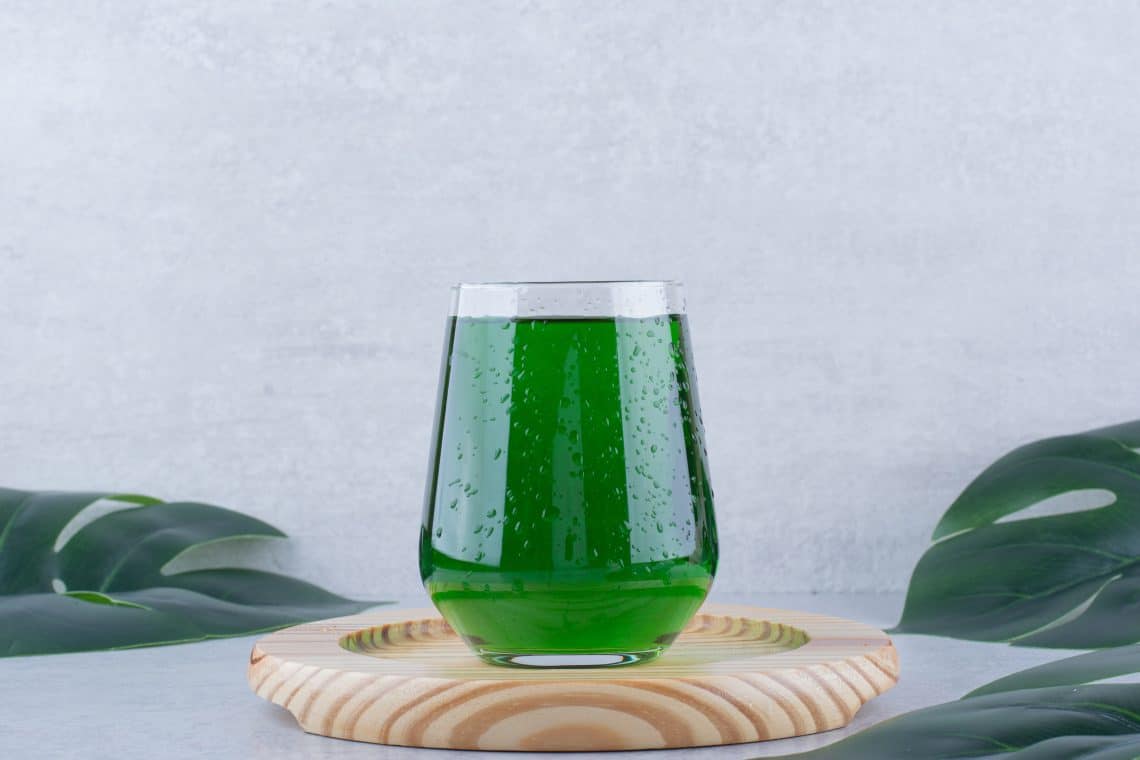
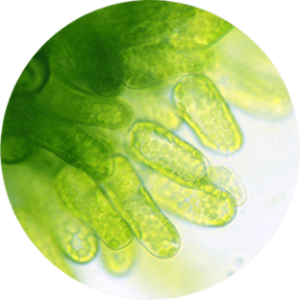
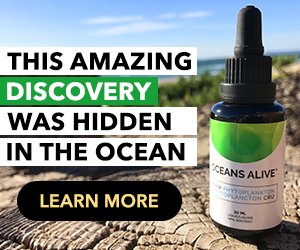
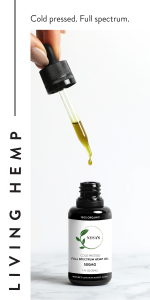
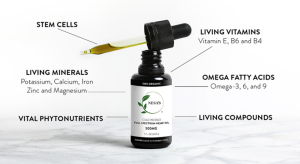


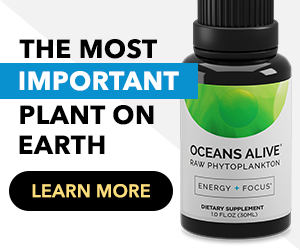
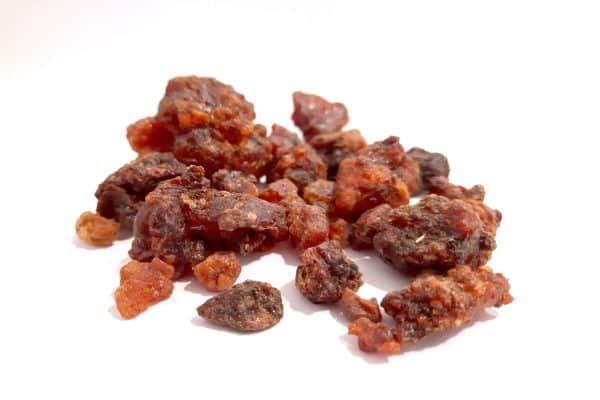




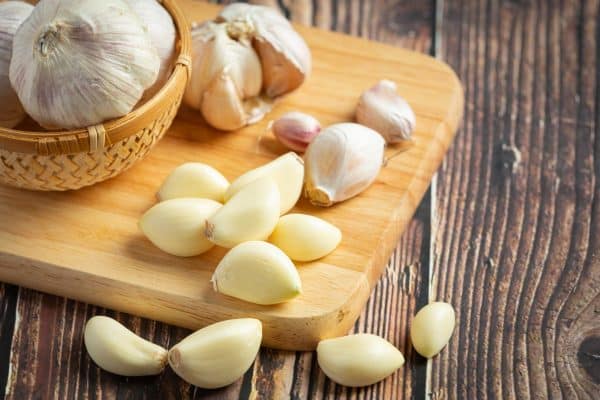


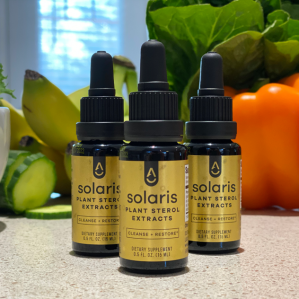

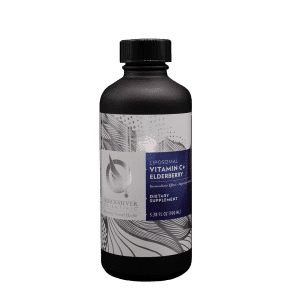
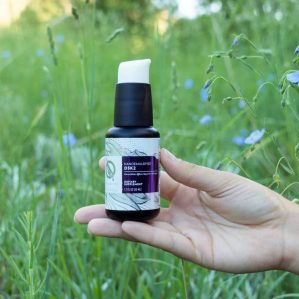











0 Comment